Have you ever felt like the more you learn about equine nutrition, there is more to know that you don’t already know? I feel that way especially on the topic of hay. Alfalfa hay, grass hay, Timothy, Bermuda, pellets and cubes oh my! Owning a horse that is not an easy keeper, and having lived in the Midwest where horses have pasture and now California where most do not, I have come across various forage feeding programs. These variations can be mystifying! I am grateful to have had a chance to interview equine nutritionist Stephen E. Duren, M.S., Ph.D., PAS to bring clarity about feeding quality hay. Read these answers to six burning questions a few of my local horse friends and I had.
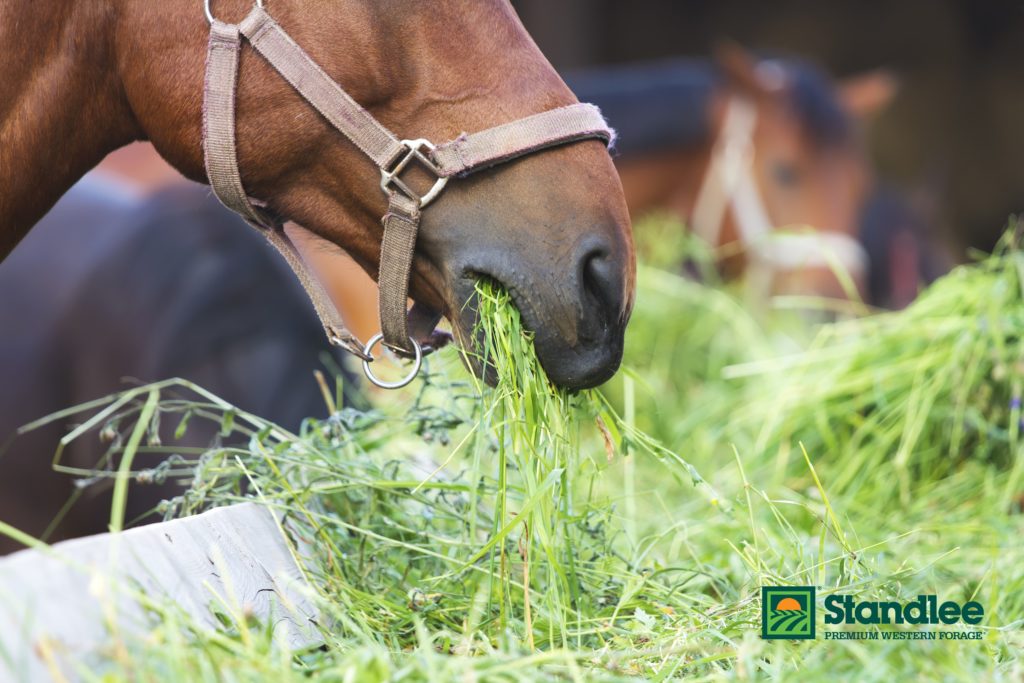
Thank you to Standlee Premium Western Forage for sponsoring this post.
A friend noticed that the alfalfa her barn buys has more stems, but the one that she buys for supplemental feeding is leafy. Does this mean her barn is buying “cheap” hay? Are there tiers of hay quality?
The visual appearance of hay is only a partial indicator of quality. A definitive indicator of quality is nutrient content that is determined by laboratory analysis. Alfalfa hay with more stems and fewer leaves would typically have a lower nutrient content than an alfalfa with fewer stems and more leaves. The lack of leaves in the “barn hay” may be a reflection of baling conditions, for example alfalfa that was baled too dry causes leaf shatter or loss. Alfalfa hay is graded in quality tiers based on nutrient content. Hay with a higher nutritive content is more expensive. Unfortunately most horse owners are not aware of grading systems for alfalfa hay and purchase what is available in their area.
What is the best hay for feeding hard keepers?
Hard keepers tend to require more calories than their counterparts to maintain adequate body condition. Therefore the best hay for feeding hard keepers is high calorie hay. Alfalfa hay typically contains more calories per pound compared to grass hay. Grass hay that is less mature when cut contains more calories than grass hay cut at a later stage of maturity. So hard keepers benefit from alfalfa hays and grass hays that are less mature at the time of harvest.
Read this article to learn more about managing body condition with forage.
What should horse owners look for in determining their horse’s individual forage needs?
Horse owners should consider both the type of hay selected and the amount of hay provided to their horses. With respect to hay type, the higher calorie, higher protein hays, alfalfa hay or mixed alfalfa/grass hays, should be fed to broodmares, growing horses and high intensity athletic horses. The moderate protein and energy hays, mixed alfalfa/grass hays and grass hays, should be fed to mature athletic horses and maintenance animals.
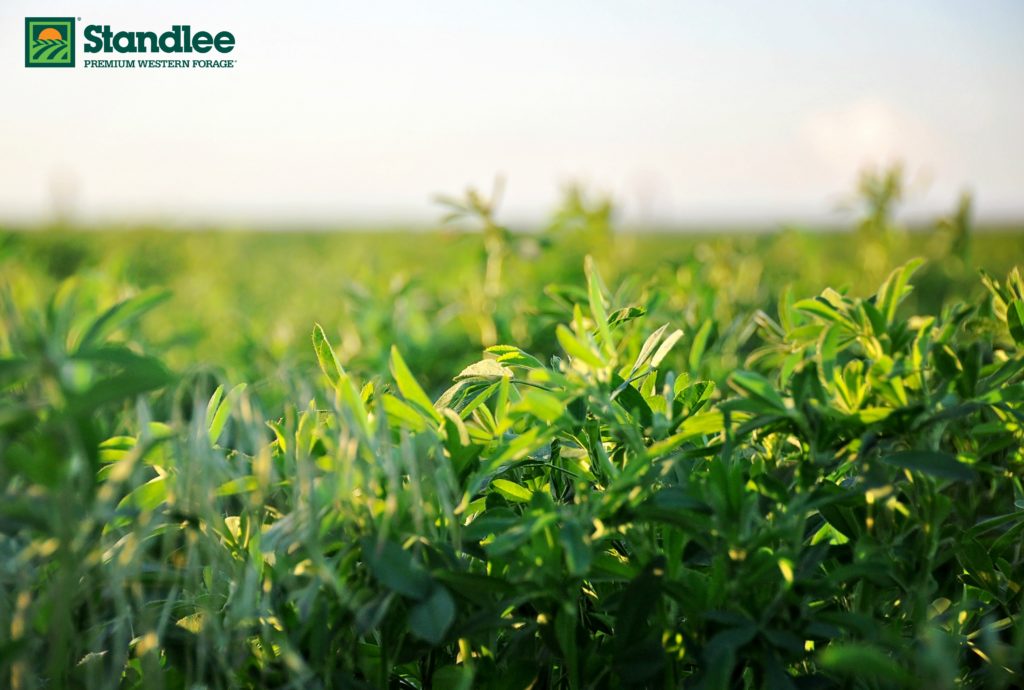
With respect to the amount of hay provided, all horses should have a minimum of 1.5% of body weight in dry hay per day. This equates to 15 lbs of dry hay for a 1,000 lb horse per day. A better estimate of hay requirements is to simply calculate 2% of body weight per day. Horses that are working harder or that have higher nutrient demands can eat as much as 3% of body weight in hay per day.
For a more in-depth exploration of forage facts prepared by Standlee Premium Western Forage click here.
Tell us more about cutting time and how that impacts nutritional value.
The maturity of the plant determines nutrient content. The more mature a plant becomes, the taller a plant becomes the lower the nutrient content. So when a plant goes from the height of your lawn, to the height of pasture, to the height of hay and finally to the height of small trees the nutrient value decreases. Hay growers try to optimize the nutrient content of the plant with the yield of the hay crop to produce the most valuable product.
Have there been any studies conducted on the nutrient content of hay varieties based on soil conditions? For example, in certain parts of the U.S., is it easier to get a high quality of Timothy than other parts due to richer, better soil, etc?
Yes. It is well established that growing conditions will influence the quality of hay produced. Growing conditions include nutrient content of soil, pH of the soil, availability of water (rain or irrigation), length of growing season, average daily temperature and drying conditions. There are certain areas of the U.S. that are very conducive to quality hay production, while other areas are very difficult to grow high quality consistent hay. The Western U.S. is known to grow high quality hay.
What should horse owners know about genetically modified hay species?
This is an area of science that is rapidly expanding. The key to understanding the influence of genetics and the results of modifying a plant’s genetics either by adding or subtracting a gene is EDUCATION. Take the time to read the science on the subject. (Here is a blog post about the work of scientists at University of Illinois regarding genetically modifying crops to require less water.)
Thank you for reading this post about feeding quality hay. I hope you learned something new (I sure did!).
JOIN THE DISCUSSION: Leave a comment with a question you still have or tip to share about your forage feeding experience. Is it hard or easy to find high quality hay where you live? (Bonus points if you leave the dollar amount for how much a bale of alfalfa is where you live! Last I checked it’s in the $20s here.)
Follow Standlee Premium Western Forage on Facebook.
Visit the Standlee website for more forage and nutrition videos + coupons!
If you enjoyed this post, click here to subscribe to our email list for bi-weekly horse lover inspiration (product reviews, horse health info, riding inspiration, etc.). And be sure to stride along with Knight and me on Facebook, Twitter, and Instagram.

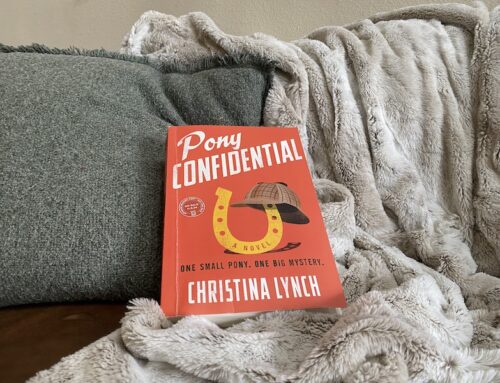
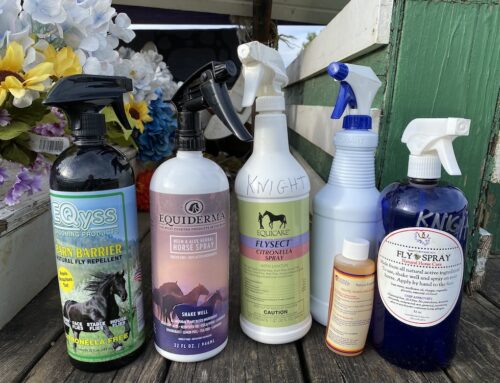
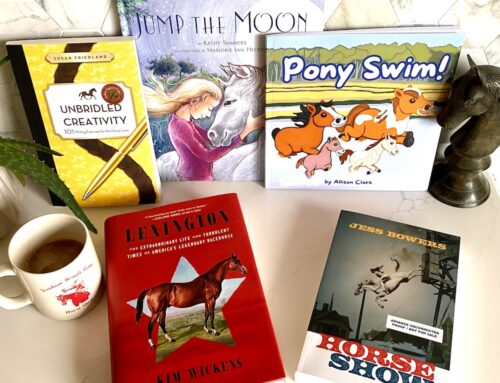
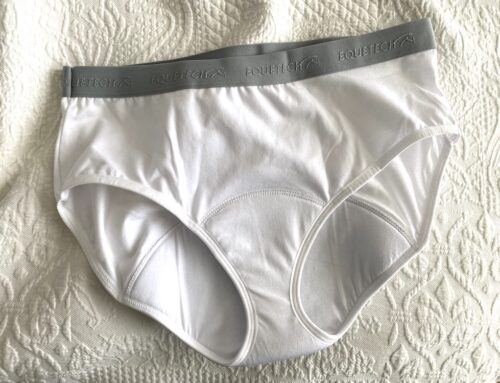
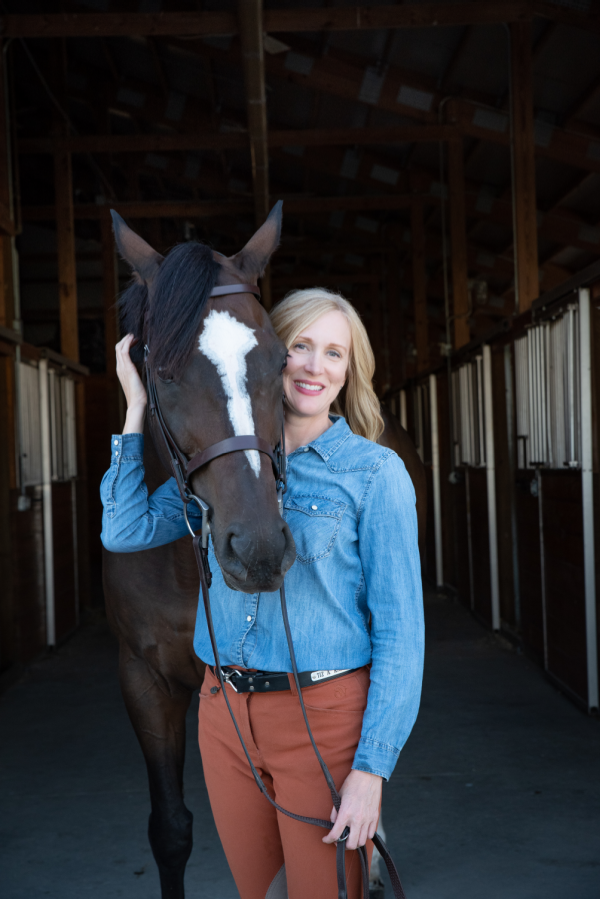

Dr. Duren is great, very knowledgeable! Also a note to midwesterners freaking out about CA hay prices – our bales are 125 pounds vs. 40 or 50 in Kentucky and Ohio. Nobody told me this when I was told in freaked-out tones, “YOU’LL PAY $30 A BALE FOR HAY!” Granted, it’s like $3-5 in Ohio, so still a huge difference 😀
Great point about the size/weight of a bale being bigger!!! It’s still muy expensivo out here. I remember buying hay for my first horse (in the 80s) and it was like $3 a bale. Those were the days. Big hair, new wave and cheap hay.
We got the best hay in Arizona. It was green and gorgeous. Both the alfalfa and the grass just looked insanely good. The horses loved it and were so happy the whole time we were there. I wish I could get it shipped here. It was $117 for 6 bales (3 grass, 3 alfalfa) though I never bothered to check the cost of the alfalfa vs grass. Alfalfa around here is 20ish depending on the quality and the delivery source.
I’m so glad you commented. It’s wild, because I think of Arizona as cacti and sand. I would have never guessed they have amazing hay. Obviously, horses live there, but I just would have never thought it would be easy to have close access to high quality hay there. I can’t wait to find out where you move to and you’ll have to report on hay costs there too.
I read an interesting article recently about Arizona and how they have basically no regulations on water usage so a lot of people have been pumping ground water for agriculture. There have even been some Middle Eastern conglomerates buying up land just to use water to grow hay to ship back to the middle east because there’s no water there. It’s fascinating. I do love the better hay the west grows and I will miss that when we move to the east coast.
Now that is wild! I never thought about that either–how horses in the Middle East are supplied with hay. Dang, girl! Your comments continue to enlighten! Have a great weekend with your ponies!
I’ve been feeding 100% grass hay for over 20 years. Started in the 90s in California feeding Bermuda hay. Since my horses are never on pasture, and horses naturally graze for up to 20 hours a day on and off in the wild and on pasture, I believe grass hay is better for gut health. You can feed more of it as to mimic the longer grazing time. That’s not to say that some alfalfa hay shouldn’t be fed in some circumstances. Alfalfa is way too high powered for my horses though. I also feed by weight not by flakes. My horses are in full training, working 4-5 days per week and eat about 25lbs a day. I feed 3x a day in summer and 4x a day in winter. Bales in Utah are smaller than California and range anywhere from $7-10 a bale for ~70lbs. I prefer a mix of Orchard, Timothy, Brome, and Clover. The health benefits to grass hay are just now catching on in Utah and the demand is high so it can be a challenge to find really nice grass hay because most growers grow alfalfa or an alfalfa/grass mix. Alfalfa hay is about the same price or cheaper. We also only get a first cutting and sometimes a second cutting if weather conditions are right so nutritional values are usually great. Every year hay is a ‘thing’ and I breathe a sigh of relief in summer when I fill my hay barn for the year!
I have never heard anyone explain the “why” of feeding grass hay like you just did. That makes a ton of sense. I think I saw an Instagram post with you filling up your barn with hay bales recently. Now I know why that is such precious “cargo.” Thanks for conversing with us here. 🙂
There is a large amount of beautiful alfalfa grown out here. It is what I buy and I will buy tonnage per the year. Prices fluctuate with the season, but I normally pay $6.00-7.50 for a 90lb bale.
That sounds pretty amazing. And you’re in Idaho, right? Seems like every state beats California in the “high quality hay for low $” category. Thanks for sharing.